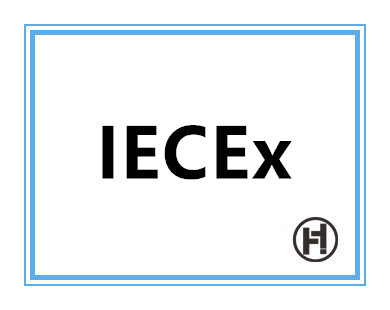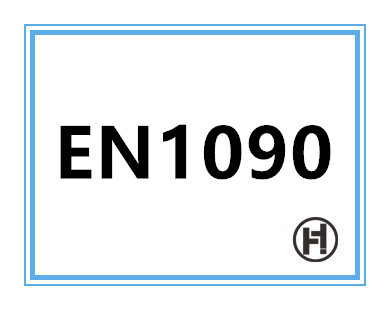CE认证环境试验:产品在不同环境条件下的测试
CE认证是欧洲市场对产品安全性的认可标志,对于企业来说,取得CE认证是迈入国际市场的重要一步。然而,CE认证的过程并不简单,其中环境试验是一个重要的环节。本文将为您介绍CE认证环境试验以及其在产品测试中的重要性。
CE认证环境试验是指将产品置于不同的环境条件下进行测试的过程。这些环境条件包括温度、湿度、电磁干扰、电气特性等,以模拟产品在实际使用过程中可能遇到的各种环境。只有通过这些试验,才能确保产品在各种极端环境下的安全性和稳定性,满足CE认证的要求。
首先,温度试验是环境试验中最基本的一个环节。温度的变化会对产品的性能产生重要影响。在温度试验中,通过将产品暴露在不同的温度下,测试其对温度变化的适应能力。如果产品在极高或极低温度下无法正常工作,那么它在实际使用中也就无法满足用户的需求。因此,温度试验对于保证产品的可靠性至关重要。
其次,湿度试验也是环境试验中的一个重要环节。湿度对于电子产品来说是一个常见的威胁。高湿度环境容易导致电路板氧化、短路等问题,影响产品的性能和寿命。通过湿度试验,可以测试产品在高湿度环境下的抗氧化和绝缘性能,确保产品在潮湿环境中的稳定工作。
此外,电磁干扰是现代社会中普遍存在的问题。电子产品在电磁干扰环境下可能会出现故障或干扰其他设备的问题。因此,电磁兼容性试验也是环境试验中的一个重要环节。通过将产品置于电磁干扰环境中进行测试,可以判断产品抗干扰能力,并采取相应的改进措施。
最后,电气特性试验是环境试验中不能忽视的一个环节。这些特性包括电压波动、瞬态电压、电流浪涌等。通过电气特性试验,可以测试产品在不同电气条件下的适应性,确保产品在电源变化等情况下依然稳定工作。
综上所述,CE认证环境试验在产品测试中具有不可或缺的重要性。只有通过这些试验,才能确保产品在各种恶劣环境下的可靠性和安全性,满足CE认证的要求。企业在进行CE认证过程中,应该重视环境试验,以保证产品的性能和质量,向国际市场迈进。
翻译成英文: CE Certification Environmental Testing: Testing Products under Different Environmental Conditions
CE certification is a recognized symbol of product safety in the European market and is an important step for companies to enter the international market. However, the process of obtaining CE certification is not simple, and environmental testing is a critical step. This article will introduce CE certification environmental testing and its importance in product testing.
CE certification environmental testing refers to the process of testing products under different environmental conditions. These environmental conditions include temperature, humidity, electromagnetic interference, electrical characteristics, etc., to simulate various environments that products may encounter during actual use. Only through these tests can the safety and stability of products under various extreme environments be ensured and meet the requirements of CE certification.
First, temperature testing is the most basic part of environmental testing. Temperature changes can greatly affect the performance of products. In temperature testing, the products are exposed to different temperatures to test their adaptability to temperature changes. If the product cannot function properly under extremely high or low temperatures, it will not meet users' needs in practical use. Therefore, temperature testing is essential for ensuring product reliability.
Second, humidity testing is also an important part of environmental testing. Humidity is a common threat to electronic products. High humidity can cause oxidation and short circuits in circuit boards, affecting product performance and lifespan. Through humidity testing, the oxidation resistance and insulation performance of products under high humidity can be tested to ensure stable operation in humid environments.
In addition, electromagnetic interference is a widespread issue in modern society. Electronic products may experience malfunctions or interfere with other devices in electromagnetic interference environments. Therefore, electromagnetic compatibility testing is also an important part of environmental testing. By placing the products in an electromagnetic interference environment for testing, the resistance to interference can be determined, and necessary improvement measures can be taken.
Finally, electrical characteristic testing is an essential part of environmental testing. These characteristics include voltage fluctuations, transient voltages, current surges, etc. Through electrical characteristic testing, the adaptability of products under different electrical conditions can be tested, ensuring stable operation under situations such as power supply changes.
In conclusion, CE certification environmental testing plays an indispensable role in product testing. Only through these tests can the reliability and safety of products under various harsh environments be ensured and meet the requirements of CE certification. Companies should value environmental testing during the CE certification process to ensure product performance and quality as they step into the international market.







